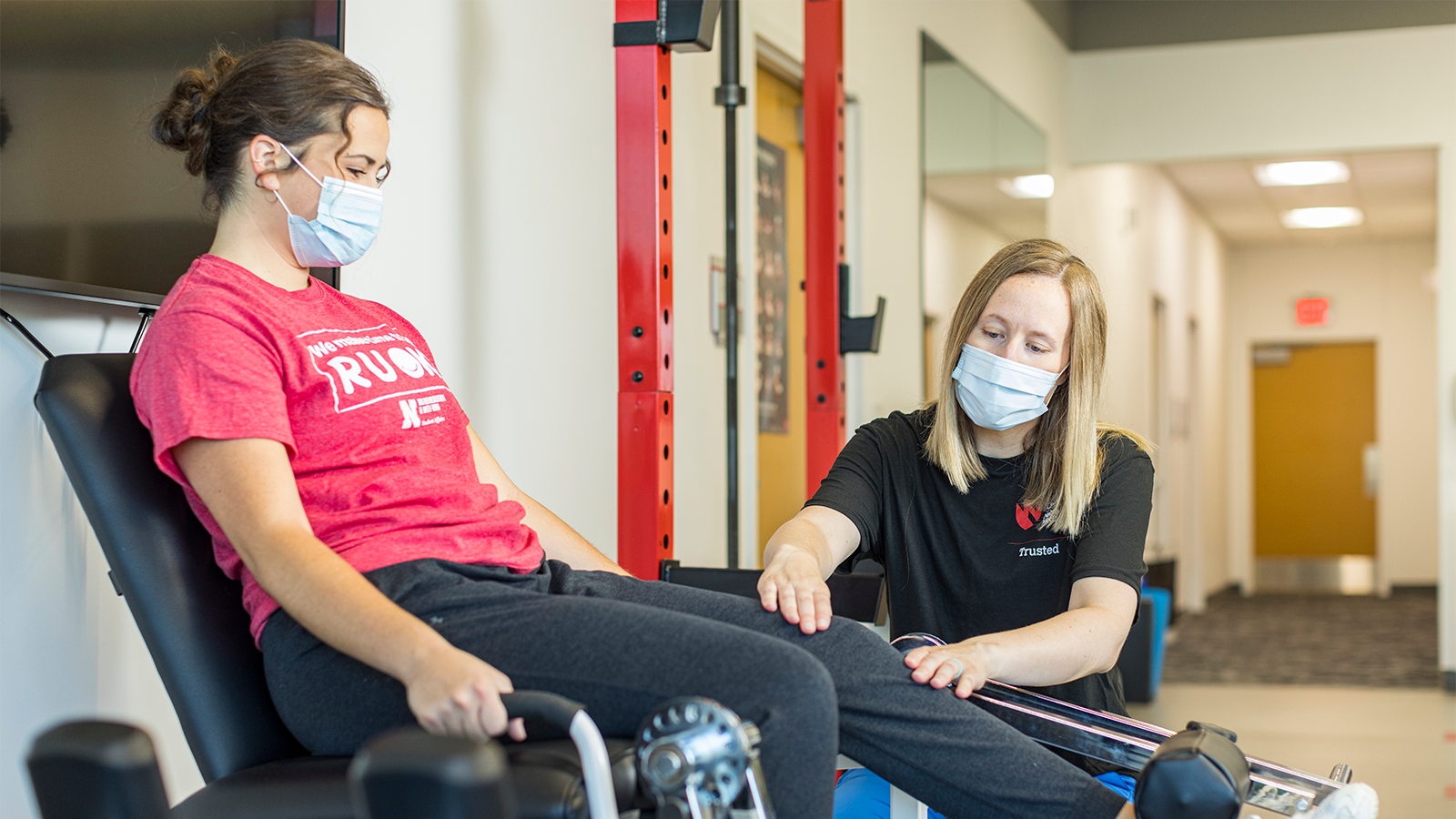Enhancing Healing Through Individualized Exercise Protocols in Rehabilitation Settings
Wiki Article
Recovery is an important procedure for patients who have experienced injuries, or other medical conditions. Rehabilitation initiatives play a crucial role in supporting these patients to regain their resilience, improve movement, and reintegrate to their daily tasks. Customized exercise planning is a key element of effective recovery. This signifies that exercises are carefully designed to address the unique requirements of each individual. By concentrating on targeted exercise programs, rehabilitation approaches can accelerate recovery and promote improved health results.
One of the first stages in creating a tailored fitness program is evaluating the individual’s condition. Medical professionals perform evaluations to understand the particular limitations and abilities of each individual. This might involve physical tests, discussions about health background, and goals for rehabilitation. For example, an sportsperson rehabilitating from a knee condition may have distinct needs than an elderly individual recovering from hip surgery. By acknowledging these differences, clinicians can design an exercise program that addresses the unique factors of each situation.

Integrating multiple types of workouts is essential for effective recovery. Strength training , mobility routines, and cardiovascular exercises all serve important roles in recovery. Strength exercise helps restore muscle and enhance stamina, which is especially important after extended durations of inactivity. Mobility movements enhance joint mobility and reduce stiffness in articulations. Aerobic activities, you could look here like walking or biking, boost overall fitness and promote cardiac health. A comprehensive fitness plan that includes all these components can greatly aid in the recovery journey.
Tracking progress is another essential element of rehabilitation programs with customized fitness prescriptions. As individuals participate in their link personalized routines, healthcare practitioners observe gains and implement required adjustments to the program. This continuous assessment ensures that the exercises remain effective and suitable as the patient progresses. Setting defined benchmarks can also encourage participants during their recovery journey. Reaching incremental objectives boosts confidence and promotes persistence in following through with the recovery regimen.
Ultimately, improving rehabilitation through personalized exercise prescription requires partnership between medical practitioners and individuals participating in recovery. Clear communication is key to understanding how each person responds throughout their rehabilitation journey. By collaborating together, both parties can identify any obstacles and acknowledge achievements along the way. Customized rehabilitation plans not only assist individuals recover physically but also contribute to their emotional wellness by fostering a feeling of accomplishment and independence as they work towards their wellness goals.